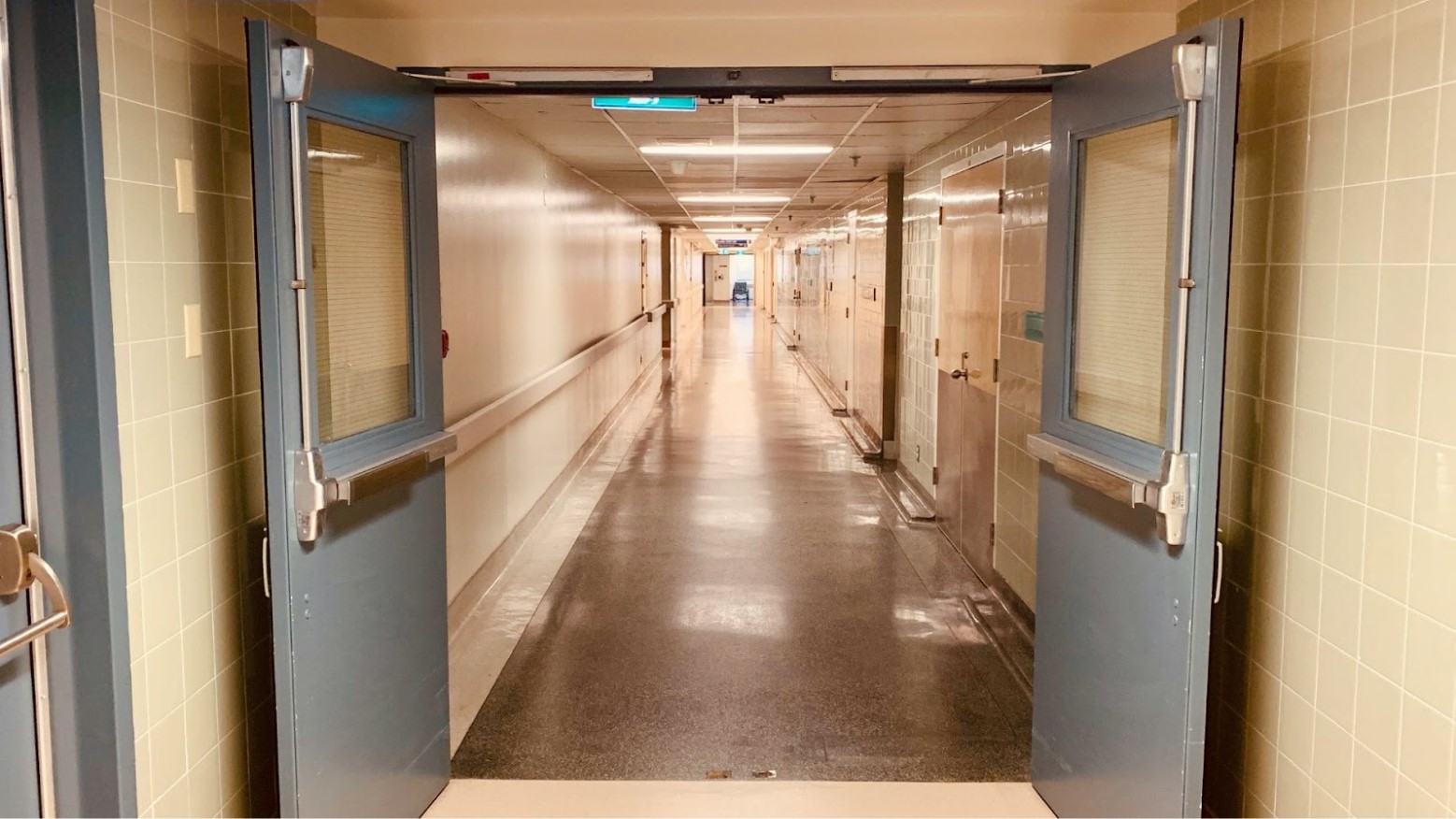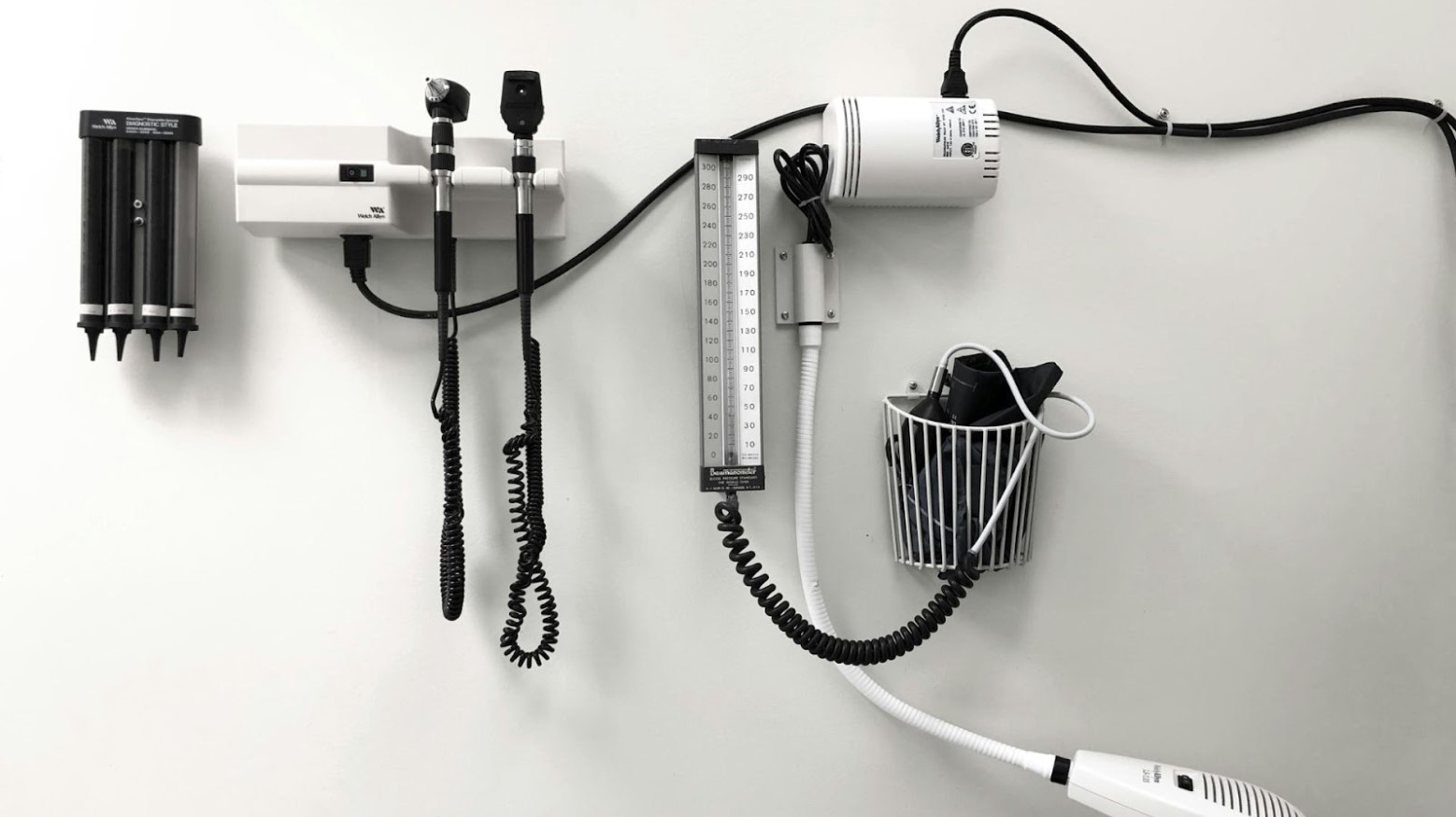A new report reveals that the United States spends the most on healthcare. However, this report also claims the U.S. has the lowest life expectancy of all high-income countries.
This latest study furthers the assertion that Americans are paying more money for healthcare, even though they’re living unhealthy lives when compared to similar citizens in other first-world nations.
A New Study on the U.S. Healthcare System

The Commonwealth Fund, an independent research group, released a study that compared the U.S. to other high-income countries. This report looked at deaths from treatable conditions or diseases. It also looked at maternal and infant death rates.
The study conclusively found that the U.S. has the lowest life expectancy at birth. Even though the country pays more than any other in healthcare, the U.S. also has the highest rate of citizens with more than one chronic disease.
Americans Live Shorter Lives

According to this report, Americans on average live shorter and unhealthier lives than those who live in other countries, such as the United Kingdom or France.
“Americans are living shorter, less healthy lives because our health system is not working as well as it could be,” Munira Gunja, the study’s lead author and a senior researcher for the Commonwealth Fund’s Internation Program in Health Policy and Practice Innovation, said.
Why Americans Live Shorter Lives

There are many reasons why Americans live shorter lives than others in different countries. This study says that many people see doctors less in the U.S. than in other countries.
This occurs for a variety of reasons. One theory is because the country doesn’t have enough practicing doctors, which can lead to increased wait times. Another theory posited by researchers is that the U.S. is the only country in the report that doesn’t have universal health coverage.
Healthcare Is Not Affordable

Affordability is another huge issue in why many Americans choose to not see doctors. Healthcare prices have continued to increase — which has led many to simply not go to the doctor, even if they’re ill.
About 8.6% of Americans were uninsured in 2021. However, even insured citizens aren’t going to see physicians because of high costs.
No Universal Healthcare

Because the U.S. doesn’t have universal healthcare as every other high-income country does, the report says that Americans suffer. Both insured and uninsured people don’t actively go to the doctor when they should.
“Not only is the U.S. the only country we studied that does not have universal health coverage, but its health system can seem designed to discourage people from using services,” the report says.
Americans Are Unhealthy

This study also examines how the average American is less healthy than citizens in other high-income countries. While this often leads to shorter lives, this unhealthiness can also be seen in chronic illnesses.
According to The Commonwealth Fund, the U.S. has the highest rate of citizens with multiple chronic health conditions. It also has the highest obesity rate when compared to every other country in the study.
COVID-19 Deaths

The study also took a look at mortality rates, particularly those seen during the COVID-19 pandemic. At the start of the pandemic, more people in the U.S. died from these infections than any other studied country.
The high amount of COVID-19 deaths could be traced to a variety of different factors. Many states had their own policies on how to deal with the pandemic. Also, ongoing healthcare struggles across the nation likely didn’t help.
Assault Deaths

The Commonwealth Fund looked at the amount of assault deaths in the United States in comparison to other wealthy countries. According to the study, the U.S. has the highest amount of deaths caused by assaults.
Assault deaths are any deaths that result from physical assault. This also includes gun violence that ends in death.
The U.S. Continues to Spend More Money

The U.S. has led other countries in money spent on healthcare before. However, in 2021 alone, the country spent almost twice as much as much as the average wealthy countries studied.
Though healthcare has increased in price around the world in the last few decades, the U.S. has seen much higher increases than others. These increases may be the result of medical care cost rises and technology advancements.
An Ongoing Crisis

Though this report analyzed our current healthcare system’s state, it didn’t necessarily reveal anything new. The U.S. has long been spending a lot of money on healthcare — only to not see it reflected in its population’s health.
“It validates the fact that we continue to spend more than anybody else and get the worst health outcomes. So we’re not getting the best value for our healthcare dollar,” Dr. Georges Benjamin, executive director of the American Public Health Association, said.
What Changes Can Be Made?

While this study pointed out critical issues within the United States healthcare system, Gunja did explicitly state what changes could be made for the better.
“To catch up with other high-income countries, the administration and Congress would have to expand access to healthcare, act aggressively to control costs, and invest in health equity and social services we know can lead to a healthier population,” Gunja explained.
